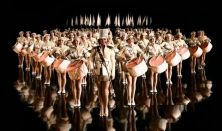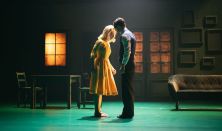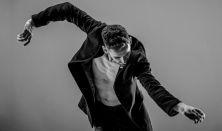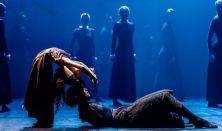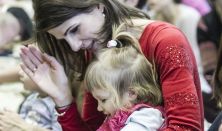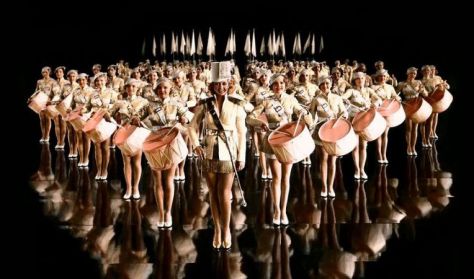
Táncoló filmkockák 1920-1930 Megújul a tánc, megújul a mozi • Lakatos János
A Nemzeti Táncszínház népszerű előadás-sorozata szórakoztató formában mutatja be a film- és táncművészet közös történetét Lakatos János nívódíjas koreográfus, a Magyar Táncművészeti Egyetem tanárának multimédiás előadásában. több
